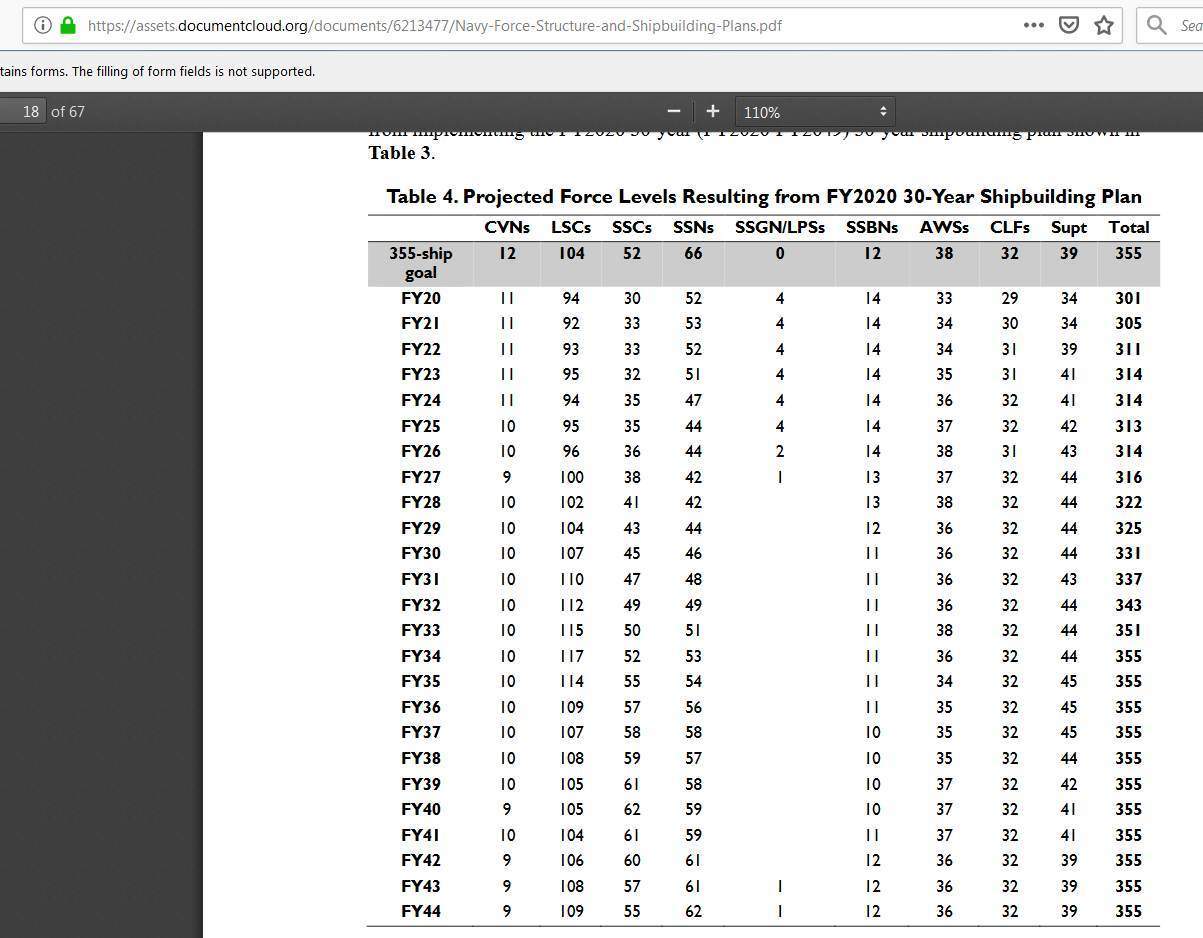Jura The idiot
General
I'll summarize and leave it right after:EW as in Electronic Warfare is a broad tent description that includes both electronic defense and electronic attack. Within electronic defense, there are broad elements which include ESM, ECM, and ECCM. All of them perform very specific and different function which brings with it different effects. For someone who understands the subject, when the term ESM is used it carries certain meaning and capabilities which is different from that of ECM. Please refer to the diagram below that is taken from the book "Introduction to electronic defence".
So when I said that the LRASM has ESM features, it mean it has very specific capabilities and would not include other features of electronic defense such as ECM or ECCM and particularly EA which is not even part of electronic defense but under the under the overall description of electronic warfare. The choice of words are by design to convey specific technical meaning.. . .
View attachment 53928
There is no evidence that I know of that currently the LRASM has ECM or EA capabilities. It is potentially part of a future upgrade. I do not make things up and will not say or infer things beyond which there is no evidence from available public literature. All the descriptive contents concerning its capabilities of being able to detect threat emissions and to plot a navigation path point to the basic function of ESM features. It is not some mystery to draw such conclusion if you truly know the subject of EW. Below is a diagram taken from "Military avionics systems" that better explain the ESM features. It is these features that allow the LRASM to plot a path to minimize detection and also to passively target via such capabilities.
View attachment 53929.
the crux here is your sentence Monday at 9:53 AM
"The LRASM further adds to this problem because it is not only VLO but its onboard ESM features dynamically allow it to navigate around the sensors of its targets and or escorts based on their electronic emission patterns."
which I reasonably doubted, based on the AviationWeek quote posted Tuesday at 3:42 PM
and indicating the LRASM is just a terminal-seeker-equipped JASMM-ER;"The LRASM is derived from the AGM-158B Joint Air-to-Surface Standoff Missile-Extended Range (JASSM-ER), adding only a new radio frequency seeker for terminal phase guidance."
inside
Lockheed To Increase Range Of LRASM
Jul 9, 2019
(should it be the case, it'd mean the LRASM is an over-hyped and over-priced thing)
your linking of 2014 stuff Tuesday at 9:02 AM and of manufacturer's claims Yesterday at 2:10 AM didn't exactly help, but that's OK
thanks for arguing


